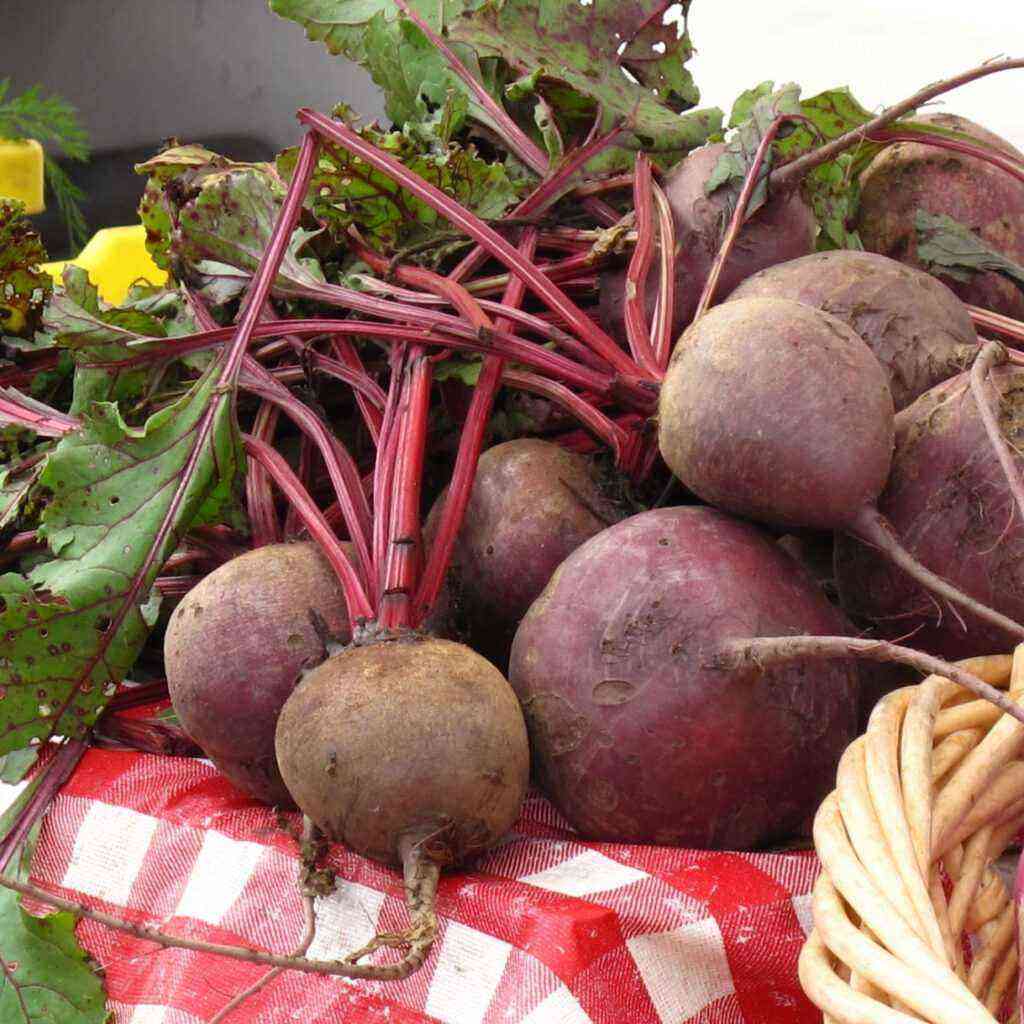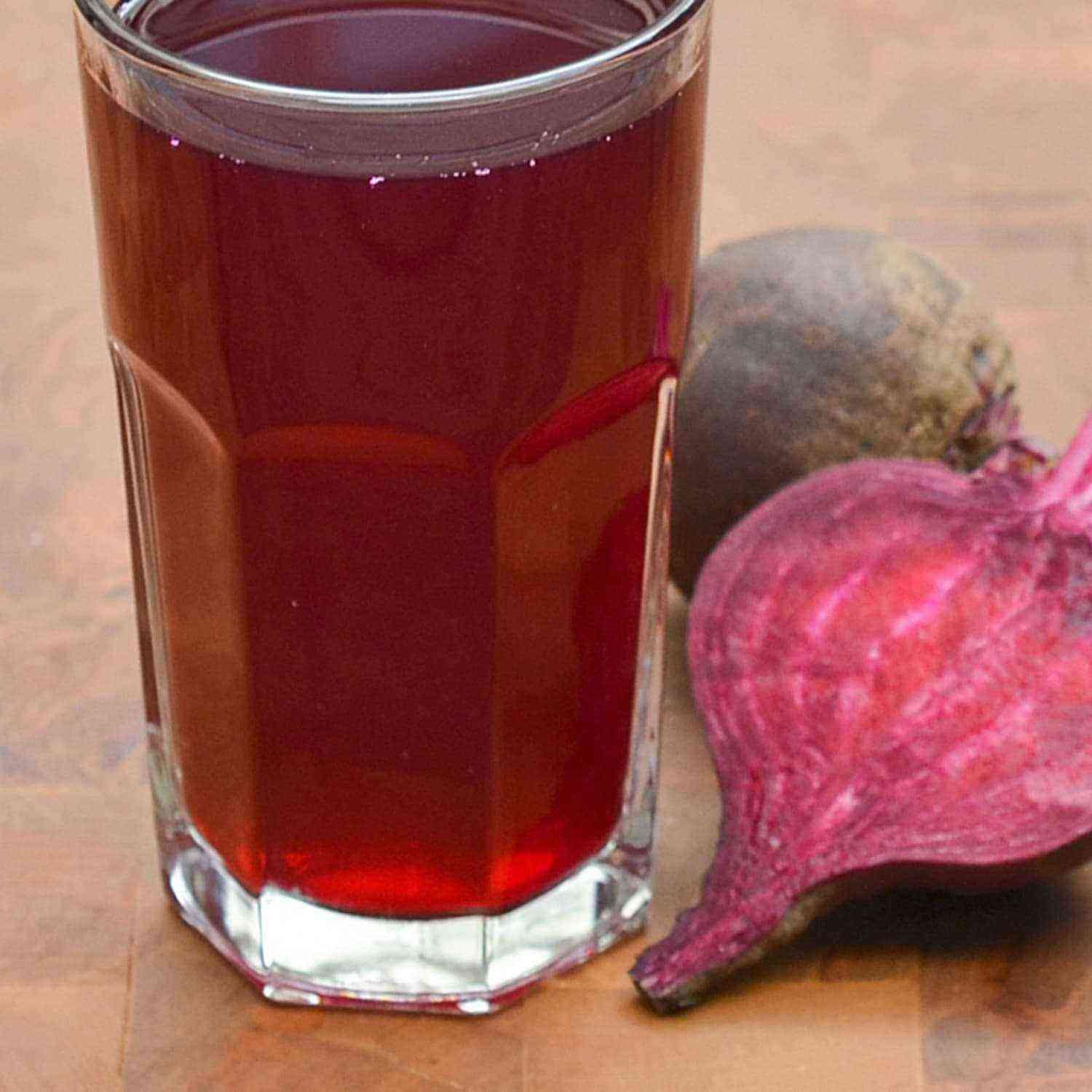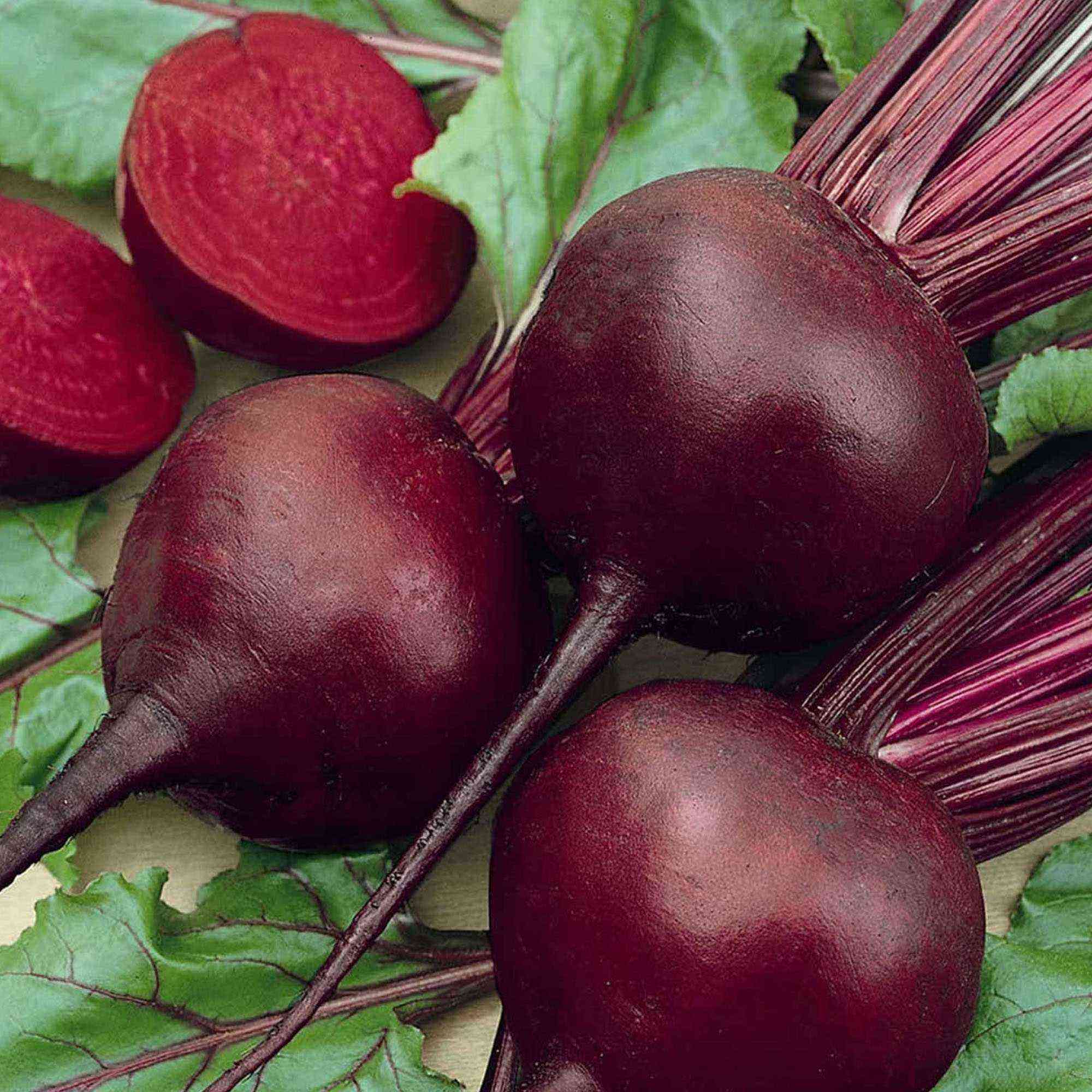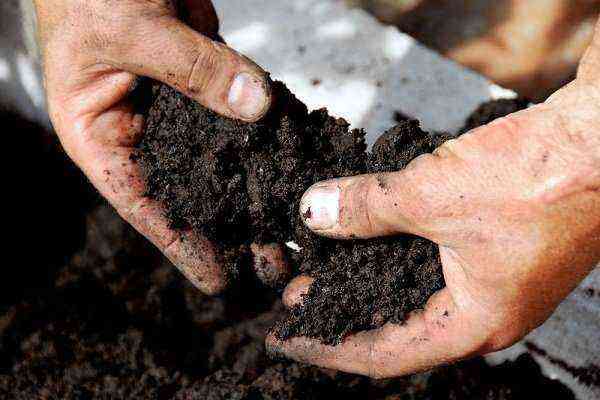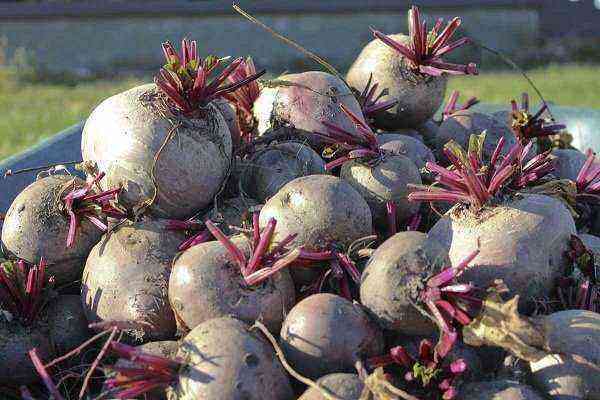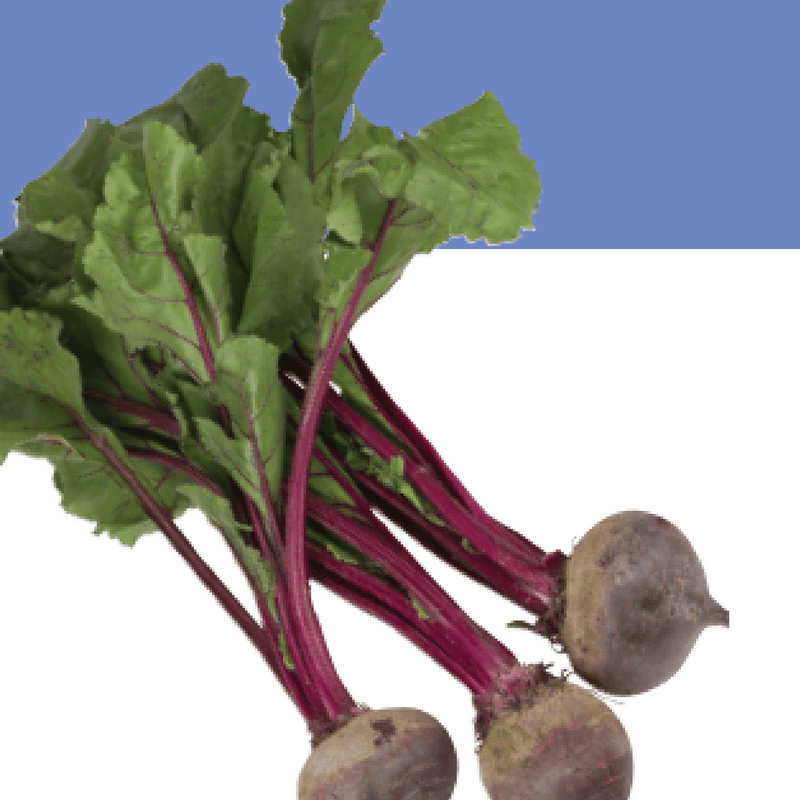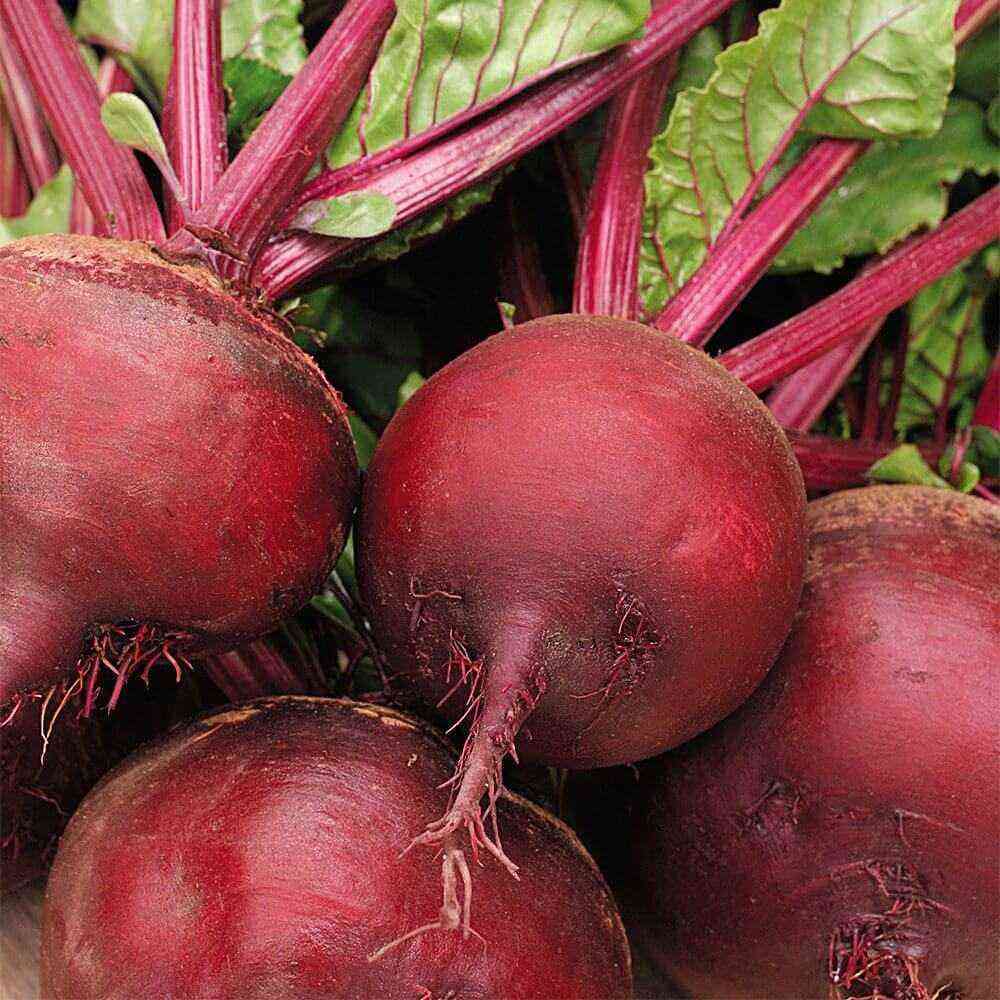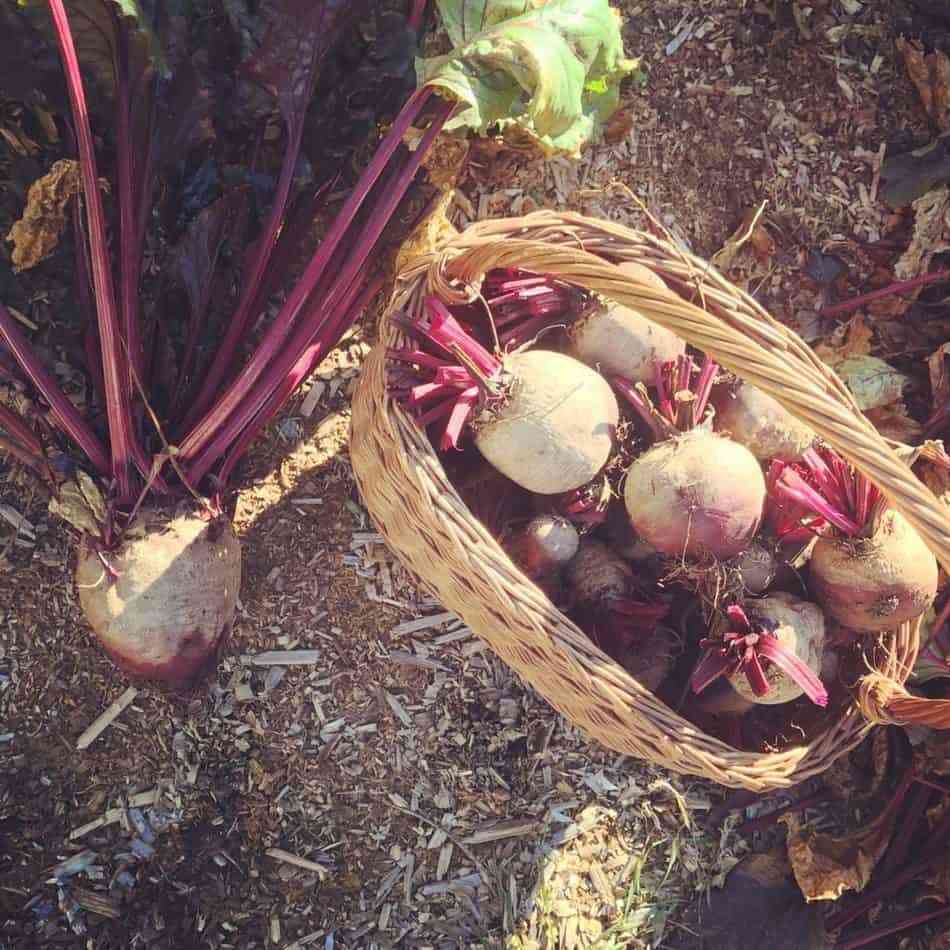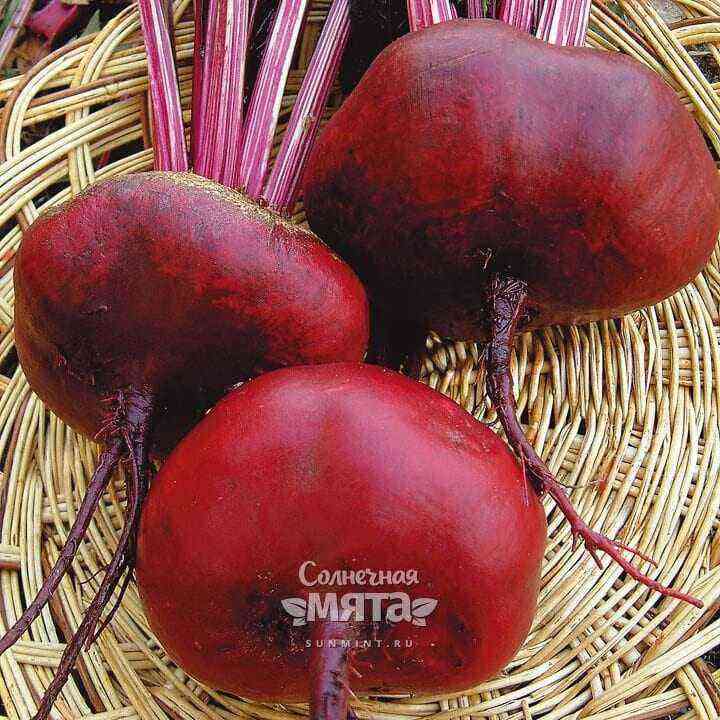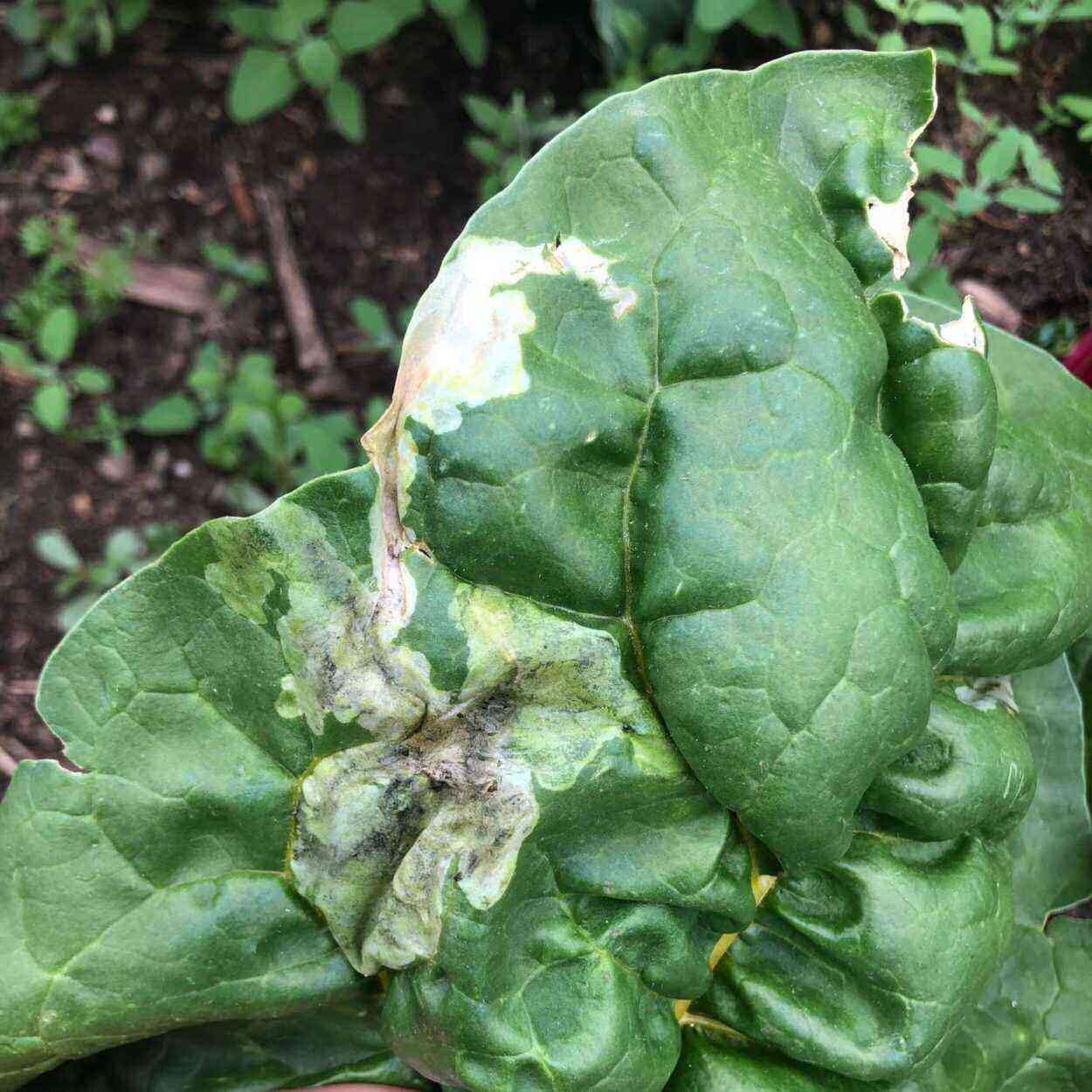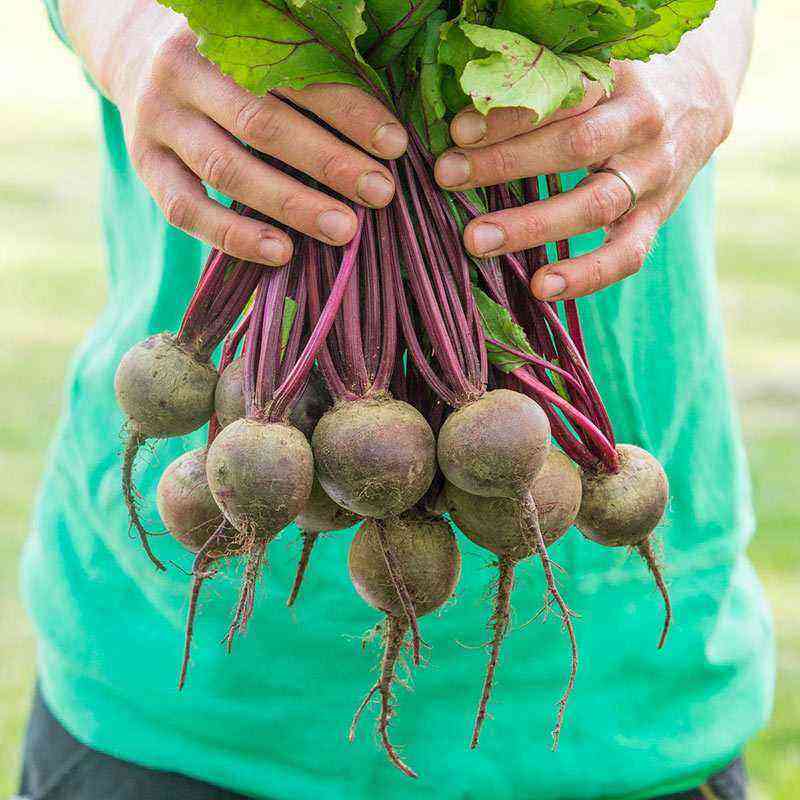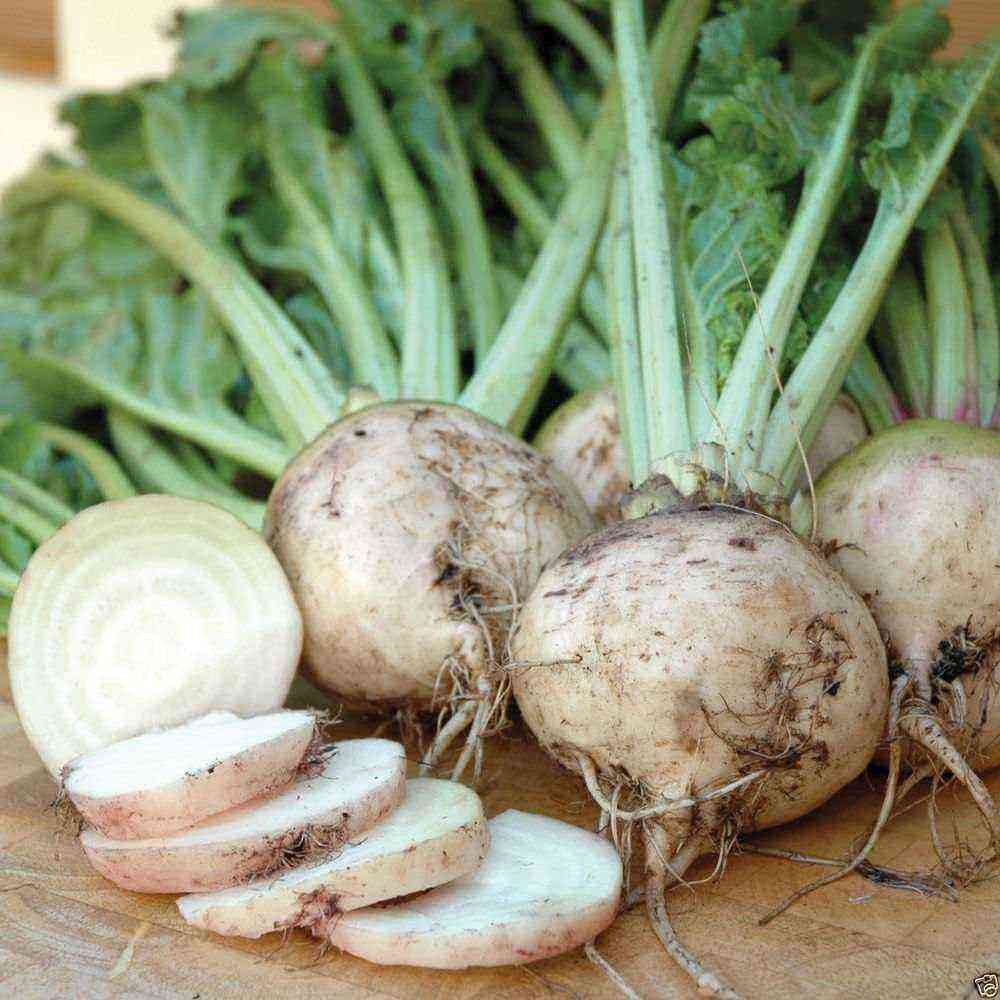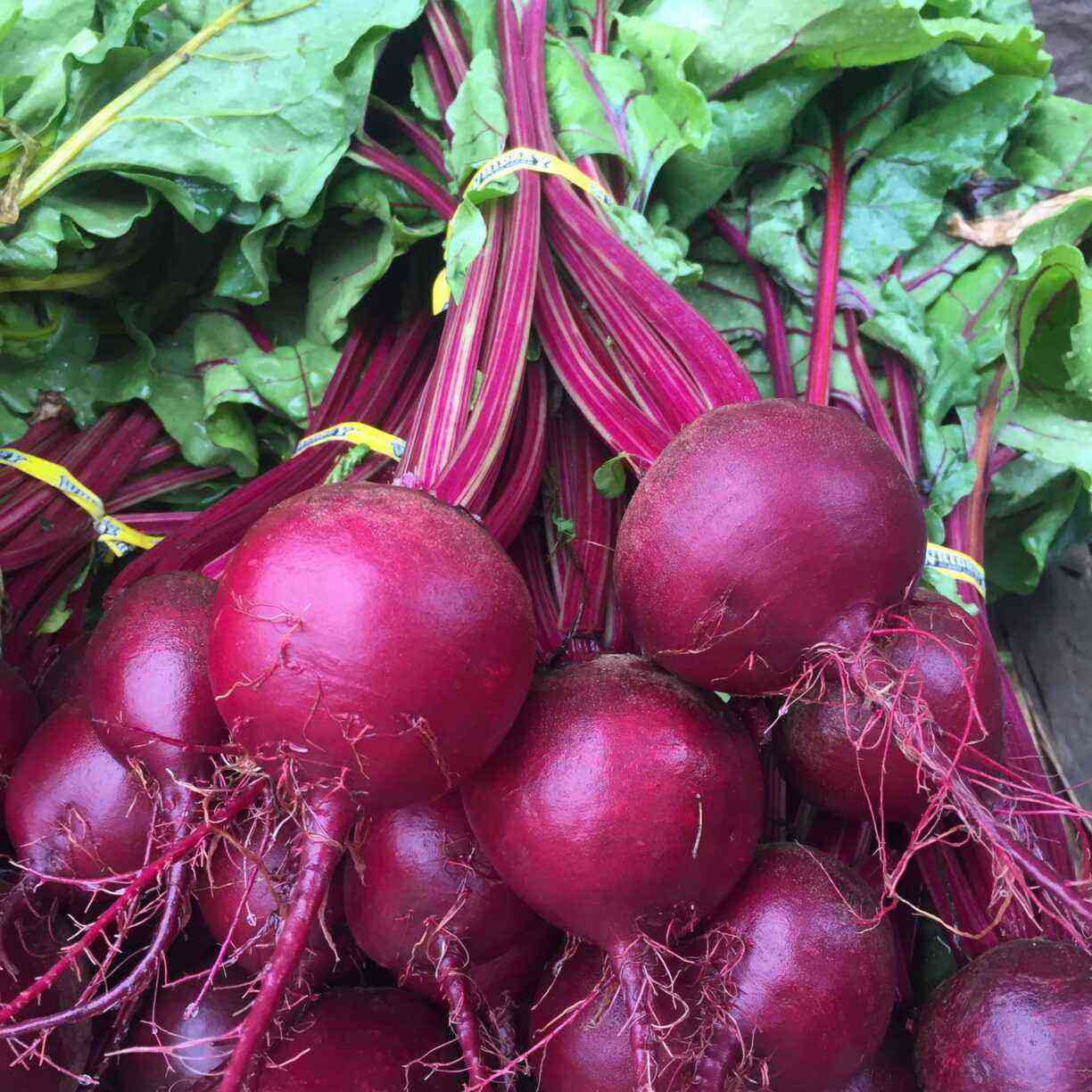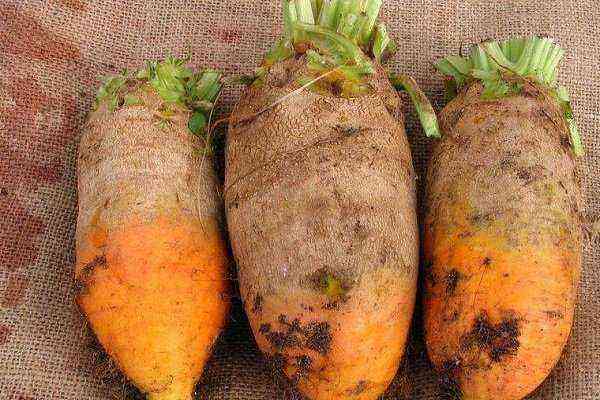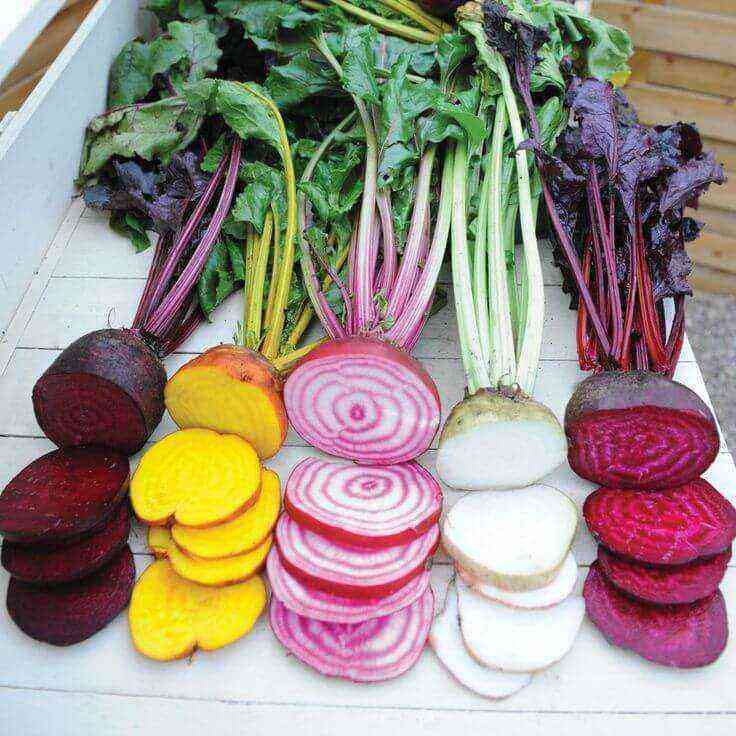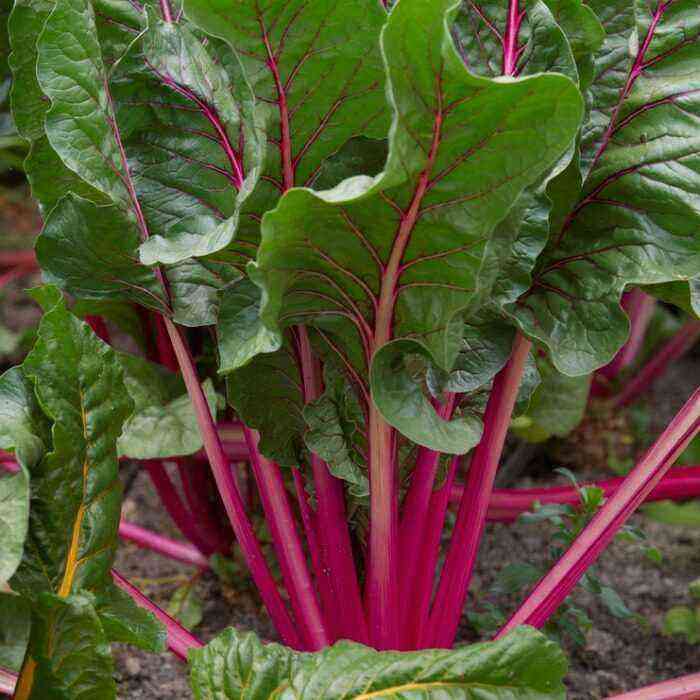How to water beetroot? To answer this question, you need to be able to determine when plants need moisture and know the main ways to supply fluid. You can learn about this, as well as about the norms of watering root crops and the secrets of getting a good harvest, while reading this article.
Signs of lack of moisture
What to look for:
- The soil. If you take a small lump of earth, it should slightly stick to your hands. Dryness and flow indicate the need for watering.
- Roots. The system is underdeveloped, weak.
- Leaves. Sluggish, deformed, yellowish in color.
- Fruit. Small, dry, fibrous in structure.
Watering methods
There are several basic ways to moisten the soil. More details about the advantages and disadvantages of using each of them are described below.
With the help of a watering can
This option is more suitable for moistening a small area. A special plastic container is used, in which up to 10 liters of water is placed.
What you need to know:
- A plus. Allows sufficient moisture for each plant.
- Minus. Requires a lot of time and effort.
Sprinkling
It is necessary to install a special system that will spray water on the site, irrigating the beets.
Information:
- Advantage. It is carried out without human intervention. Does not require subsequent loosening of the soil.
- Disadvantage. Works only with good water pressure.
watering hose
A special spray nozzle is used, thanks to which the water pressure does not harm the tops.
About the way:
- All right. Large planting areas can be moistened.
- Bad. Extra care is needed, as plants can be crushed or broken when moving a heavy hose. A fence made of glass bottles recessed into the ground along the perimeter of the site will help to avoid this.
Drip irrigation
A belt water supply system is used, which is installed between the rows of beets.
What is remarkable:
- positive moment. Vegetables are watered evenly, with the same regularity and frequency.
- Negative side. Buying a plant is expensive.
Humidification occurs to a depth of 30 cm.
Water requirements
Criteria:
- Purity. Before watering, it is better to stand the liquid for 1-2 days so that all harmful impurities precipitate.
- Temperature. Should be 16-20 degrees.
- Softness. Hard water can be improved with wood ash solution. For 20 liters, only 50 g is required.
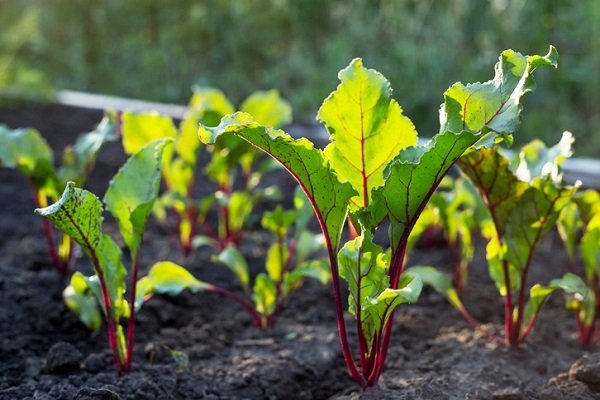
Basic rules for watering beets
It is necessary to follow the recommendations:
- Bed location. The site must be level so that water does not spread.
- Abundance. If you water the plants daily, but little by little, the soil will constantly dry out.
- Time. The procedure is carried out in the morning or in the late afternoon, when exposure to sunlight does not lead to evaporation of moisture.
Frequency and norms
At different stages of growth and development, the need for plants in water is somewhat different.
Depending on the stage of vegetation
There are 5 periods in total:
- Before sowing. The land in which the seeds are planned to be planted is watered abundantly.
- Until the first shoots. The soil should be consistently moist, with no signs of drying out or excess liquid. It takes about 3 liters of water per 1 sq. m.
- The appearance of sprouts. The rate is increased to 10 liters per 1 sq. m. Watering occurs 3 times in 7 days. As soon as the plants reach 15 cm in height, the frequency is reduced to 1 time per week.
- Fruit formation. At this time, vegetables need a lot of moisture. Approximately 15-20 liters per 1 sq. m. The procedure is carried out 1 time in 7 days.
- Before harvest. Moisture is stopped 2-3 weeks before being removed from the ground so that the roots turn out to be sweeter and juicier.
Given the weather
Among the observed conditions:
- Heat. Plants need a lot of liquid. They are watered at least 3 times a week, using 15-20 liters of water per square meter. m.
- Neutral climate. Humidification occurs as the soil dries out.
- Rain. The frequency of watering is reduced or completely stopped until the weather changes.
Special solutions
They are carried out using special recipes that help make the plants even stronger, and the harvest richer.
Below are the popular methods.
Salt solution. How to cook:
- Take 100 g of kitchen salt.
- Pour 10 liters of warm water.
- Mix.
- Wait 15-20 minutes for the salt to completely dissolve.
- Distribute 1 sq. m plot.
- Use the liquid twice – at the 4 leaf stage and 1 month before harvest.
Watering with a salt solution helps to make the fruits sweeter.
More information about the benefits and timing of using saline as a nutrient irrigation for beets is described in the video below:
Boric acid solution. Creation method:
- Take 1/2 tsp. facilities.
- Add 10 liters of water.
- Stir.
- Pour liquid over 1 sq. m.
Boric acid contributes to the active growth and development of beets. The composition can be used every 7-10 days.
Infusion of mullein. Instructions:
- Take 1 kg of mullein.
- Pour in 5 liters of water.
- Stir.
- Cover and leave to infuse for 10 days.
- Stir every day until smooth.
- Add another 5 liters of water.
The infusion will help the formation of fruits, it can be used regularly, every 2-3 weeks.
Export the solution. The actions are as follows:
- Take 250 g of lime.
- Pour in 12 liters of water.
- Stir well.
- Use to water the entire area.
The tool is used for high acidity of the soil. The procedure is carried out after the appearance of 4 leaves in plants.
helpful hints
Among the tricks that experienced gardeners use to:
- Avoid the development of fungus. Water should be poured directly under the root so that it does not spread over the tops.
- Reduce the frequency of watering. It is necessary to mulch the soil using peat or sawdust. So moisture will be better absorbed and last longer.
- Improve crop quality. Plantings should not be made too crowded, because in this case the root system develops worse, vegetables receive fewer nutrients, grow small and lethargic.
- Increase the digestibility of nutrient mixtures. This can be achieved if watering is carried out simultaneously with top dressing.
- Save beets from death. During humidification, it is forbidden to use water from wells and wells. It is too cold, it can cause cessation of development.
At different stages of beet growth, there are their own characteristics and irrigation rates, which should be paid special attention. Special recipes and tricks will help increase the effectiveness of the procedure. This is the only way to get a rich and high-quality harvest of root crops.
